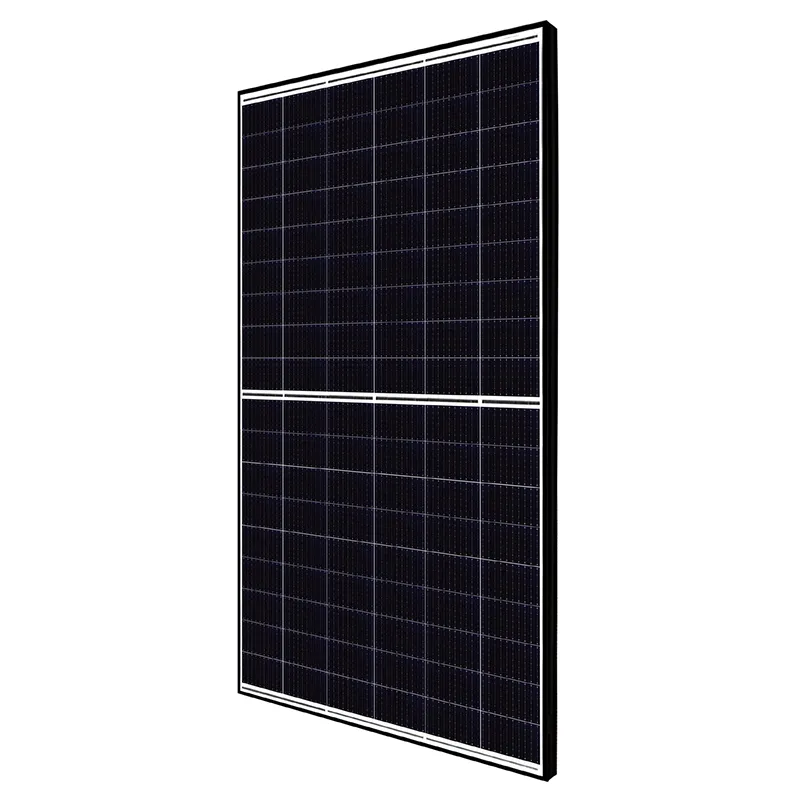solar panel production line
Solar Panel Production Line A Sustainable Path to Clean Energy
In recent years, the demand for renewable energy has surged, leading to significant advancements in solar technology. The solar panel production line is at the heart of this transformation, converting silicon and other materials into efficient solar cells that power homes, businesses, and even vehicles. With the global emphasis on sustainability and reducing carbon footprints, understanding the solar panel production process is essential for appreciating its role in the energy landscape.
The solar panel production line consists of several crucial steps, beginning with the procurement of raw materials. Silicon, derived primarily from quartz sand, is the foundation of most solar cells. The production process usually starts with the purification of silicon, which transforms the raw material into high-purity silicon through a chemical process that requires precise temperature control. This purity is critical since any impurities in the silicon can significantly reduce the efficiency of the solar cells.
Once purified, the silicon is melted and poured into molds to form ingots. These ingots are then sliced into ultra-thin wafers using precision saws equipped with diamond blades. These silicon wafers serve as the substrate for solar cells. The thickness of these wafers typically ranges from 180 to 220 micrometers. Next, the wafers undergo a process called doping, where materials like phosphorus or boron are added to create a p-n junction—a critical component in creating an electric field that allows solar energy to be converted into electrical energy.
After doping, the wafers are cleaned and treated with a texturization process to enhance their ability to capture sunlight. This involves creating a series of microscopic grooves on the surface of the wafers, which helps to minimize reflection and maximize light absorption. Following this, an anti-reflective coating is applied to further improve efficiency. At this point, the solar cells are subjected to various tests to ensure they meet the required specifications for efficiency and durability.
solar panel production line

Once the solar cells are fabricated, they are interconnected to form a solar module. Connectors and backing materials are applied to protect the cells and allow for efficient electrical connection. The solar module assembly line involves a series of automated processes, where the cells are attached to the backing, encapsulated in protective layers, and framed to ensure structural integrity. Quality control at this stage is paramount, as the durability and performance of the final product depend on meticulous assembly and handling.
The final steps in the solar panel production line include testing, packaging, and shipping. Each module undergoes rigorous testing to measure its performance, thermal stability, and resistance to environmental factors like moisture and UV radiation. This ensures that only the best quality panels reach the market. After testing, the modules are packaged and prepared for delivery to installers and distributors worldwide.
The solar panel production line exemplifies the blend of technology and sustainability. As the industry grows, manufacturers are increasingly adopting automation and advanced technologies like artificial intelligence and machine learning to optimize production efficiency and minimize waste. Innovations in material science are also paving the way for the development of more efficient solar cells, such as bifacial and perovskite solar panels, promising even greater energy conversion rates.
Moreover, the environmental impact of solar panel production is continuously being evaluated. Manufacturers are striving to reduce their carbon footprints, often investing in renewable energy sources for their production facilities and recycling systems for end-of-life solar panels. Such efforts demonstrate a commitment to sustainability that goes beyond merely producing solar panels, aiming for a closed-loop system that considers the entire lifecycle of solar technology.
In conclusion, the solar panel production line is a vital component in the global transition towards renewable energy. As technology advances and production processes become more efficient, the potential for solar energy to provide clean, sustainable power continues to expand. By understanding the complexities of solar panel production, we can appreciate the intricate processes that contribute to a cleaner, greener future.
-
String Solar Inverter: The High-Efficiency Solution for Smart Solar EnergyNewsJul.14,2025
-
Revolutionizing Rooftop Energy with the Power of the Micro Solar InverterNewsJul.14,2025
-
Power Independence with Smart Off Grid Solar Inverter SolutionsNewsJul.14,2025
-
On Grid Solar Inverter: Powering the Future with Smart Grid IntegrationNewsJul.14,2025
-
Monocrystalline Solar Panels: High-Efficiency Power for the Future of Clean EnergyNewsJul.14,2025
-
Bifacial Solar Panel: A Smarter Investment for Next-Generation Energy SystemsNewsJul.14,2025







